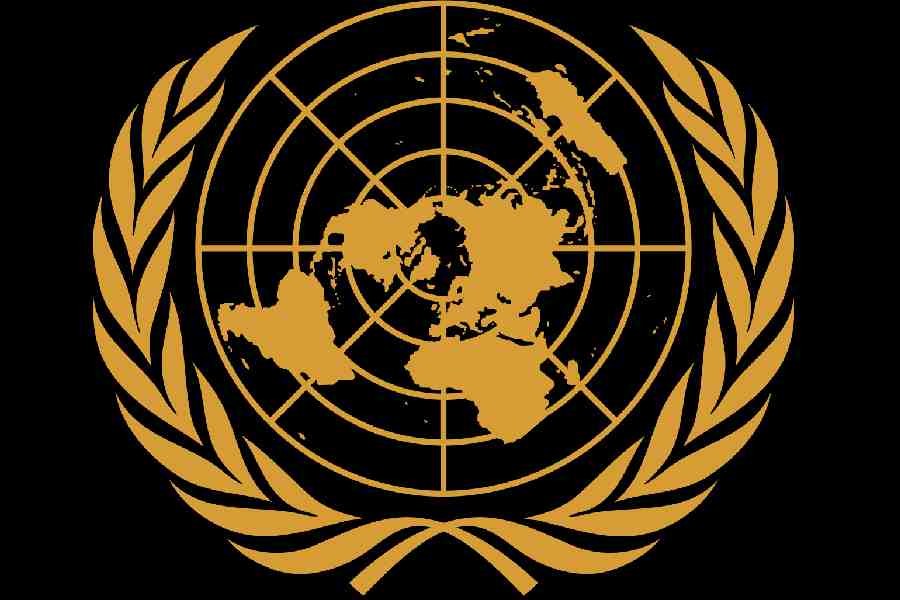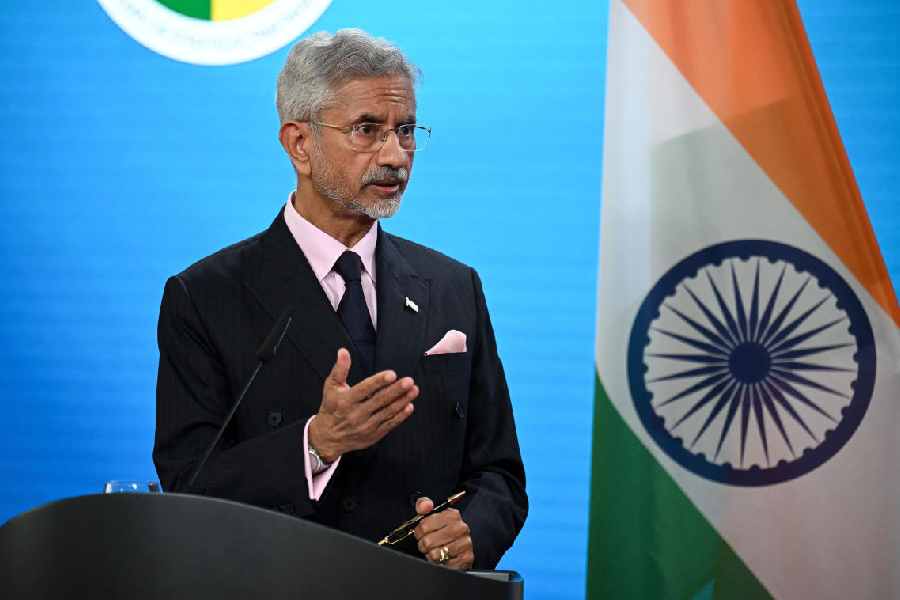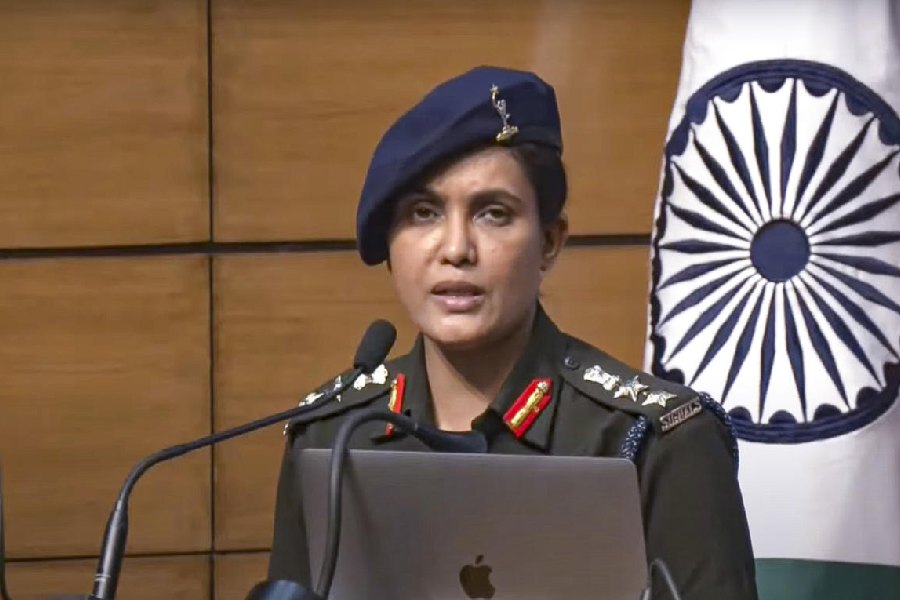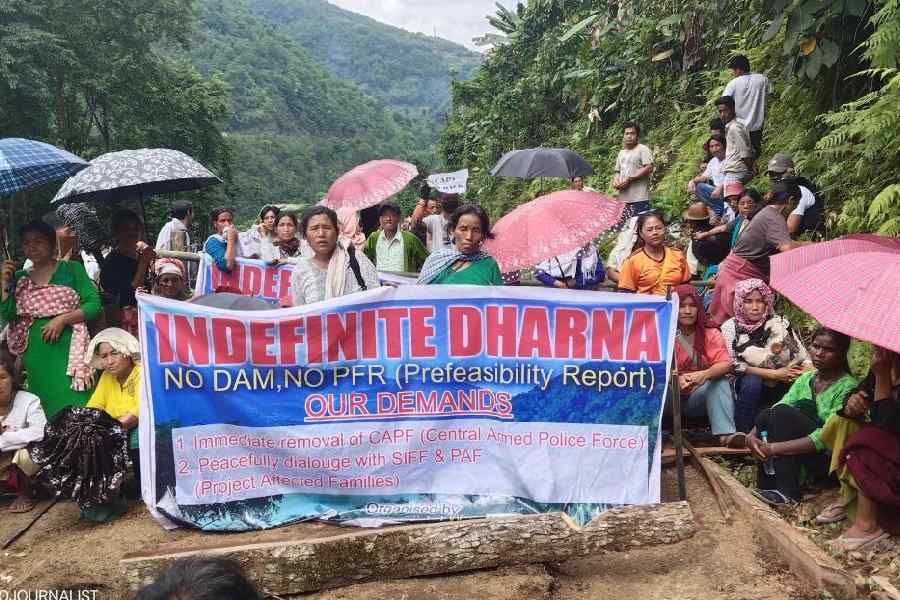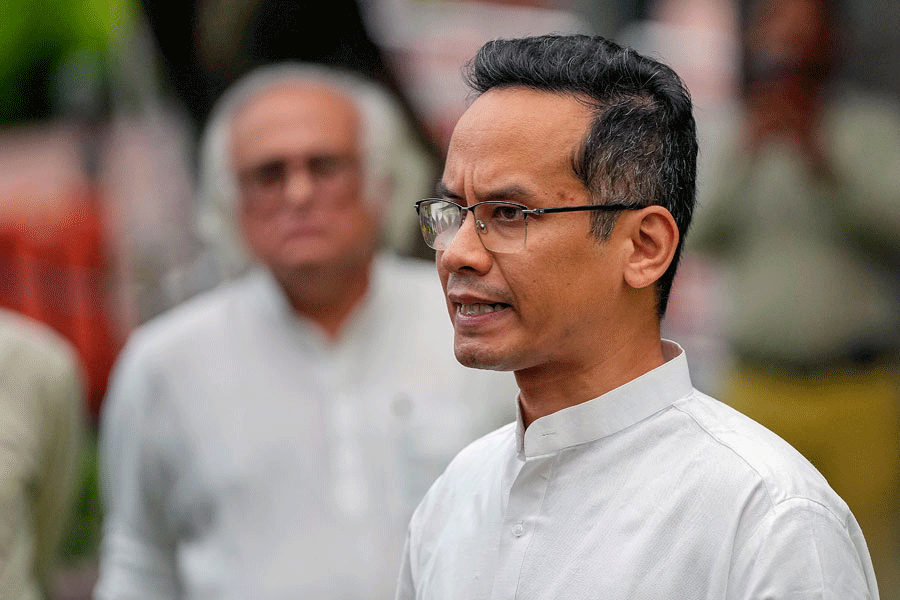 |
Patna, March 6: The Millennium Development Goals (MDG) deadline to tackle major health issues such as maternal mortality is just four years away. But Bihar portrays a poor picture, especially when it comes to health indicators.
A recent report compiled by Bihar Health Society (BHS) and Unicef, a copy of which is with The Telegraph, reveals that every hour, a woman dies during child birth and every year around 8,300 mothers die during pregnancy and delivery, which makes Bihar the second highest contributor to maternal deaths in the country.
Sources in the BHS said as the state has declared 2011 as the year of safe motherhood, the state government is set to introduce a number of measures to contain the figures, which will be announced on International Women’s Day on March 8.
“The maternal mortality rate in the state is 312 for every lakh of live births. The annual rate of decline in maternal mortality rate over the past decade has been close to four points, which falls short of 5.5 points required to achieve the MDG target. For every woman who dies from causes related to pregnancy or childbirth, it is estimated that there are 20 others who suffer pregnancy-related illness or other consequences. All this primarily happens because of lack of access to essential and basic healthcare services,” said a senior BHS official.
Sources in the Unicef said mothers mainly die because of haemorrhage, eclampsia, sepsis, obstructed labour and unsafe abortion which if left untreated or unaddressed becomes the cause of most of the maternal deaths.
“Most maternal deaths are on account of delays by families, communities or health system levels. Delay by the family in deciding to seek appropriate medical help for an obstetric emergency, delay in reaching a functional healthcare facility in time using available resources and delay in receiving adequate care in the healthcare often turn fatal for expecting mothers,” said a Unicef official.
“The condition of an effective continuum of care delivers essential services for mothers and children at critical points in adolescence, pre-pregnancy, birth, post-natal and neonatal periods is abysmally poor in the state. For example, the national guidelines for antenatal care stipulates that every pregnant mother should be examined at least four times during the antenatal period to monitor the progress of her pregnancy and facilitate the timely detection of any potential complication.
In Bihar, only 15 per cent of the mothers access the antenatal care services that frequently,” reads the BHS and Unicef report.
The report also highlights that the state has the second highest crude birth rate in India at 28.9 per 1,000 population as against the national average of 22.8 per 1,000. “Additionally, Bihar has low contraceptive prevalence rate and requirement for all types of family planning methods. High incidence of early marriage leads to high adolescent birth rates in Bihar.
Similarly, the availability of family planning services and access to these services are inadequate. Also independent surveys have revealed that about 50 per cent of deliveries take place at home and only three per cent of them is being attended by skilled birth attendants,” the report further stated.
The report also points out that according to the UN process indicators and the Indian public health standards there has to be a health facility providing comprehensive obstetric care for a population of every five lakh and a basic obstetric care facility for every 1.25 lakh persons.
However, in the state there is a comprehensive facility for every 25 lakh persons and a basic facility for every 1.75 lakh persons and the quality of care in most cases is far from adequate to deal with complications, the report adds.


